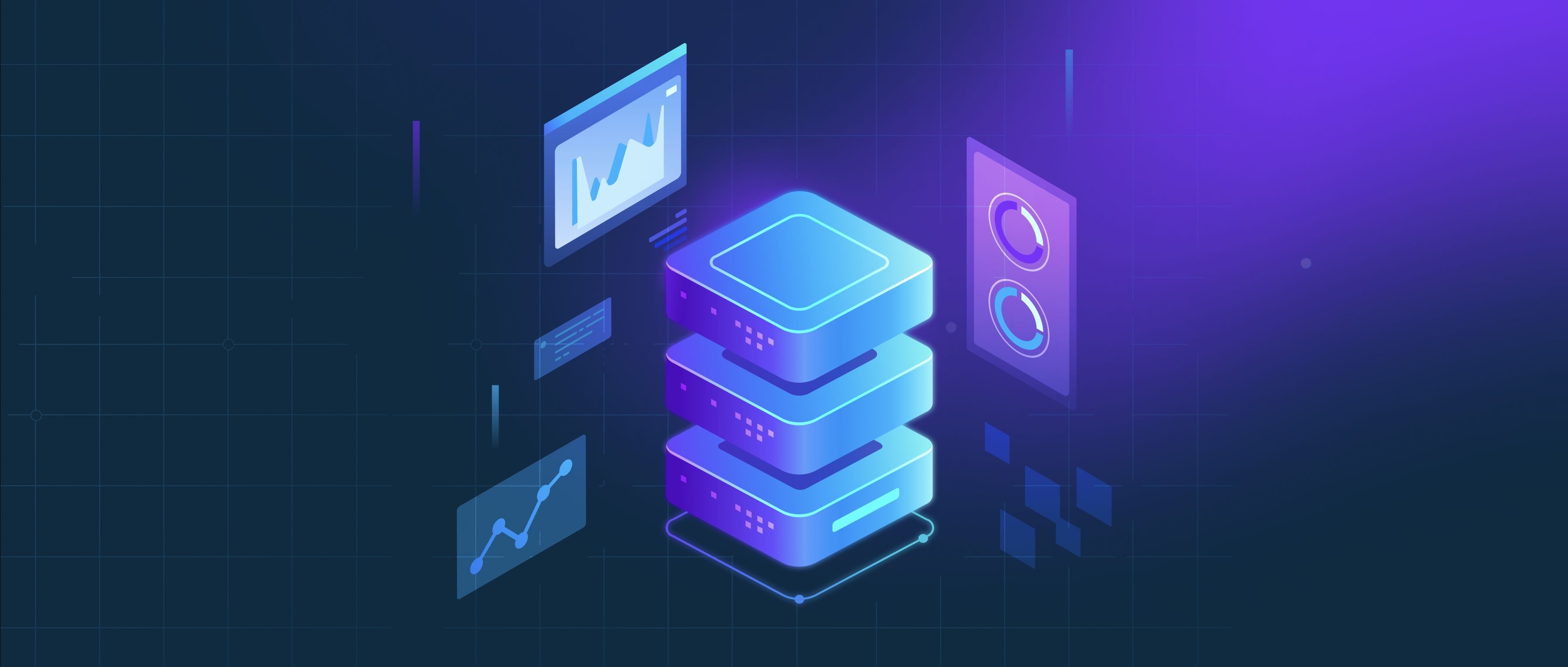Data lineage is critical in ETL architectures because it provides visibility into how data moves and transforms across systems. It tracks the origin, path, and transformations applied to data from source to destination, ensuring transparency and accountability. This visibility is foundational for debugging, compliance, and managing changes in complex data pipelines. Without data lineage, teams risk working with untraceable data, leading to errors, compliance gaps, and inefficiencies.
One key importance of data lineage is troubleshooting and root cause analysis. When data inconsistencies or errors arise in reports or downstream processes, lineage helps developers trace the issue back to its source. For example, if a revenue report shows incorrect totals, lineage tools can map the data back through transformation steps (e.g., joins, aggregations) to identify whether the error occurred during extraction from a source database, a flawed calculation in a transformation job, or a misconfigured load into a data warehouse. This reduces debugging time and prevents guesswork, especially in large-scale ETL workflows with interdependent steps.
Data lineage also supports compliance with regulations like GDPR or HIPAA, which require organizations to document how sensitive data is collected, processed, and stored. Lineage tools automatically log metadata, such as which systems or users interacted with data, what transformations were applied, and where the data resides. For instance, during an audit, a company can prove that personally identifiable information (PII) was anonymized in a specific ETL job before being loaded into an analytics database. This documentation ensures accountability and reduces legal or financial risks associated with non-compliance.
Finally, data lineage enables impact analysis for system changes. When a source schema is modified (e.g., a column is deprecated), lineage helps developers identify downstream processes, reports, or transformations that depend on that column. For example, renaming a column in a CRM system could break a transformation job that aggregates sales data. Lineage maps reveal these dependencies upfront, allowing teams to update downstream logic or communicate delays to stakeholders. This proactive approach minimizes disruptions and ensures smoother ETL pipeline maintenance.
